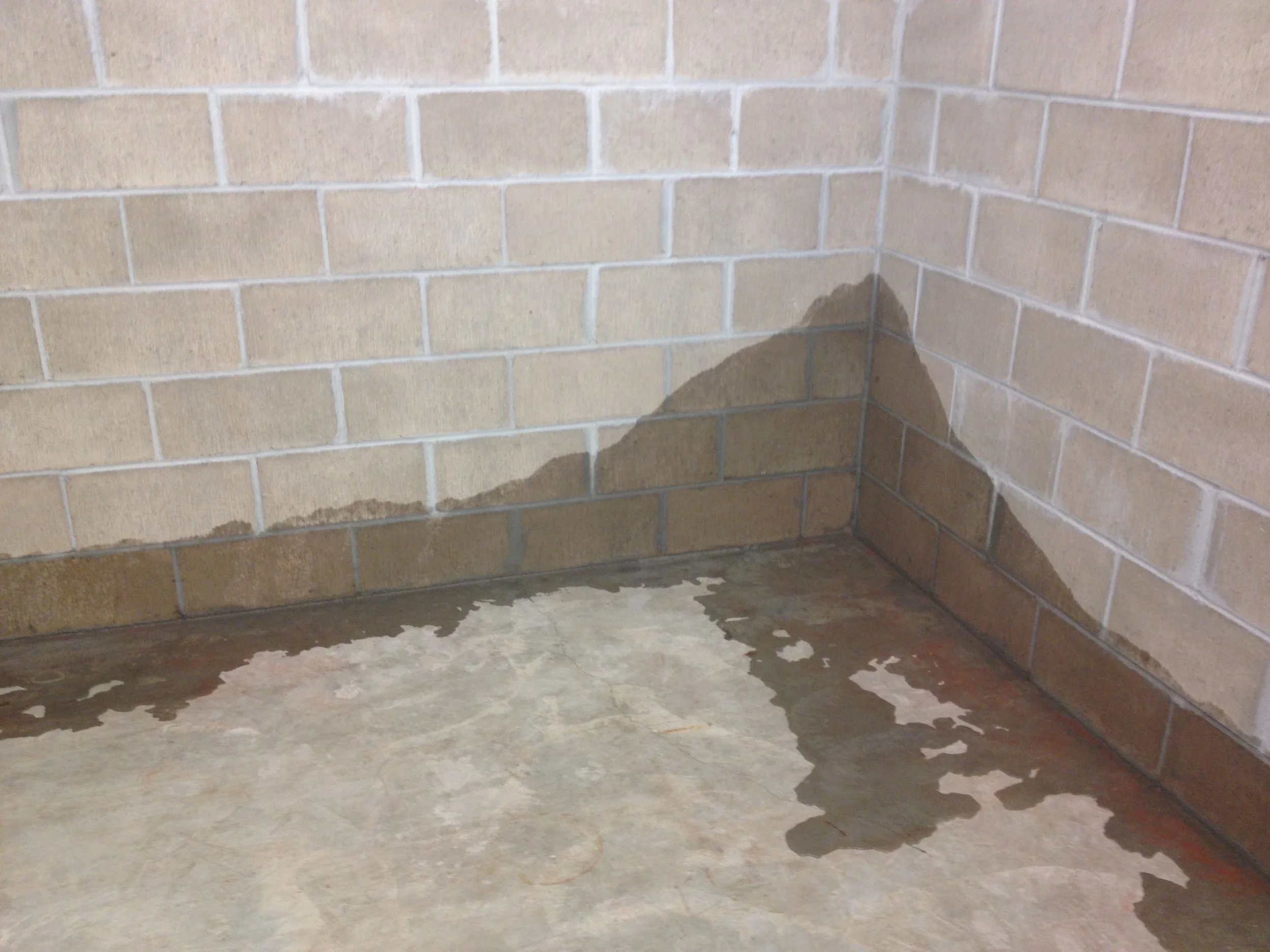wet Basements
WET BASEMENT? FOUNDATION DRAIN TO THE RESCUE!
Foundation drains, also known as footing drains or perimeter drains, play a crucial role in protecting buildings from water damage. They are a vital component of any construction project, especially in areas prone to heavy rainfall or high water tables. Understanding their importance and proper installation techniques is essential for ensuring the longevity and stability of any structure.
IMPORTANCE OF FOUNDATION DRAINS
The primary function of foundation drains is to redirect water away from the base of a building. Without adequate drainage, water can accumulate around the foundation, leading to various issues such as:
Water Damage: Excess moisture around the foundation can seep into the building, causing water damage to walls, floors, and belongings.
Soil Erosion: Water pooling around the foundation can erode the soil, compromising its stability and potentially causing foundation settlement or structural damage.
Mold and Mildew Growth: Damp conditions around the foundation create an ideal environment for mold and mildew to thrive, posing health risks to occupants and weakening building materials.
INSTALLATION TIPS
Proper installation of foundation drains is critical for their effectiveness. Here are some essential tips to consider:
Site Evaluation: Before installation, conduct a thorough site evaluation to assess soil type, groundwater levels, and drainage patterns. This information will help determine the most suitable placement and design of the foundation drains.
Choose the Right Drainage System: There are various types of foundation drainage systems available, including French drains, perforated pipes, and drain tiles. Select the system that best suits the specific needs and conditions of the site.
Proper Slope and Placement: Ensure that the foundation drains are installed with the proper slope to facilitate water flow away from the building. The drains should be positioned along the perimeter of the foundation, preferably below the level of the basement or crawl space floor.
Quality Materials: Use high-quality, durable materials for the installation of foundation drains to ensure long-term reliability and performance. This includes corrosion-resistant pipes, sturdy fittings, and adequate filtration to prevent clogging.
Effective Backfilling: After installing the drainage system, backfill the trench with coarse gravel or crushed stone to provide a stable base and promote efficient water drainage. Avoid using fine soil or backfill material that can impede water flow.
Regular Maintenance: Foundation drains require regular inspection and maintenance to ensure they remain free from debris and functional. Clean out any obstructions, such as leaves or sediment, and check for signs of damage or deterioration.
Professional Installation: While some DIY enthusiasts may attempt to install foundation drains themselves, it's often best to enlist the expertise of professionals. Experienced contractors can ensure proper design, installation, and compliance with local building codes and regulations.
In conclusion, foundation drains are indispensable for safeguarding buildings against water-related damage and maintaining structural integrity. By understanding their importance and following proper installation techniques, property owners can mitigate the risks associated with water infiltration and ensure the longevity of their investments. If you need help getting water away from your home or building, call the experts at Wisconsin Excavation.

